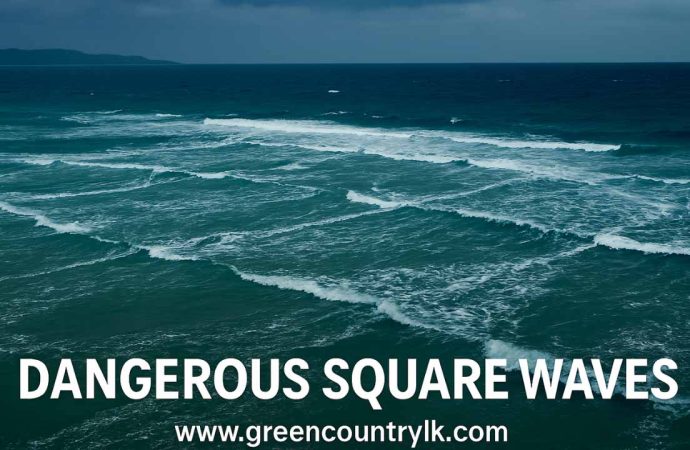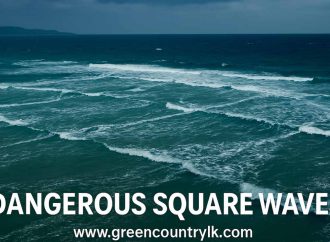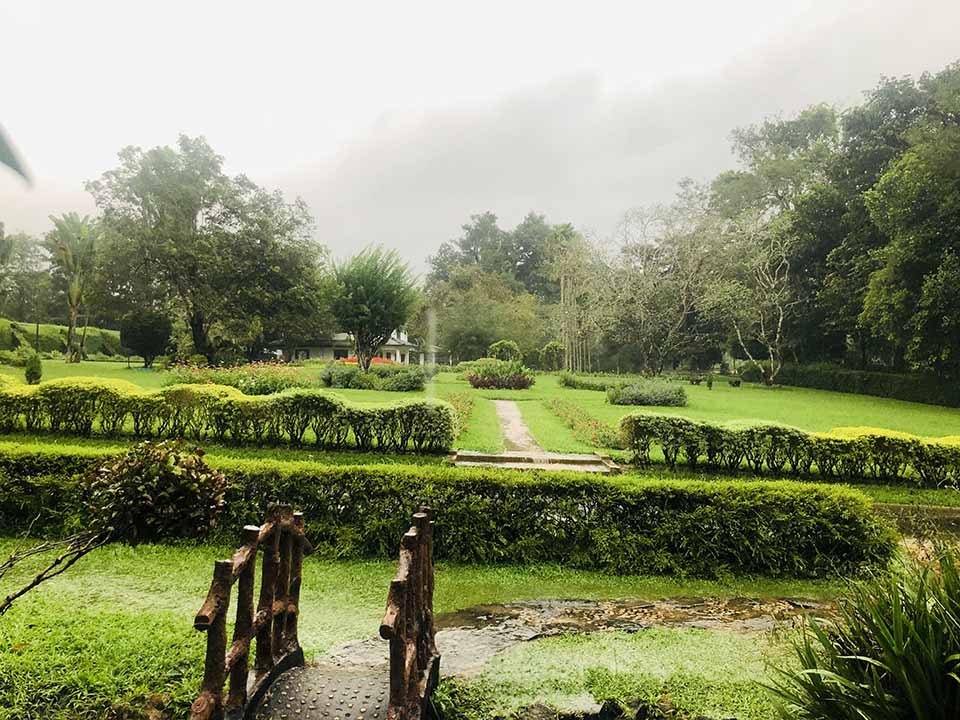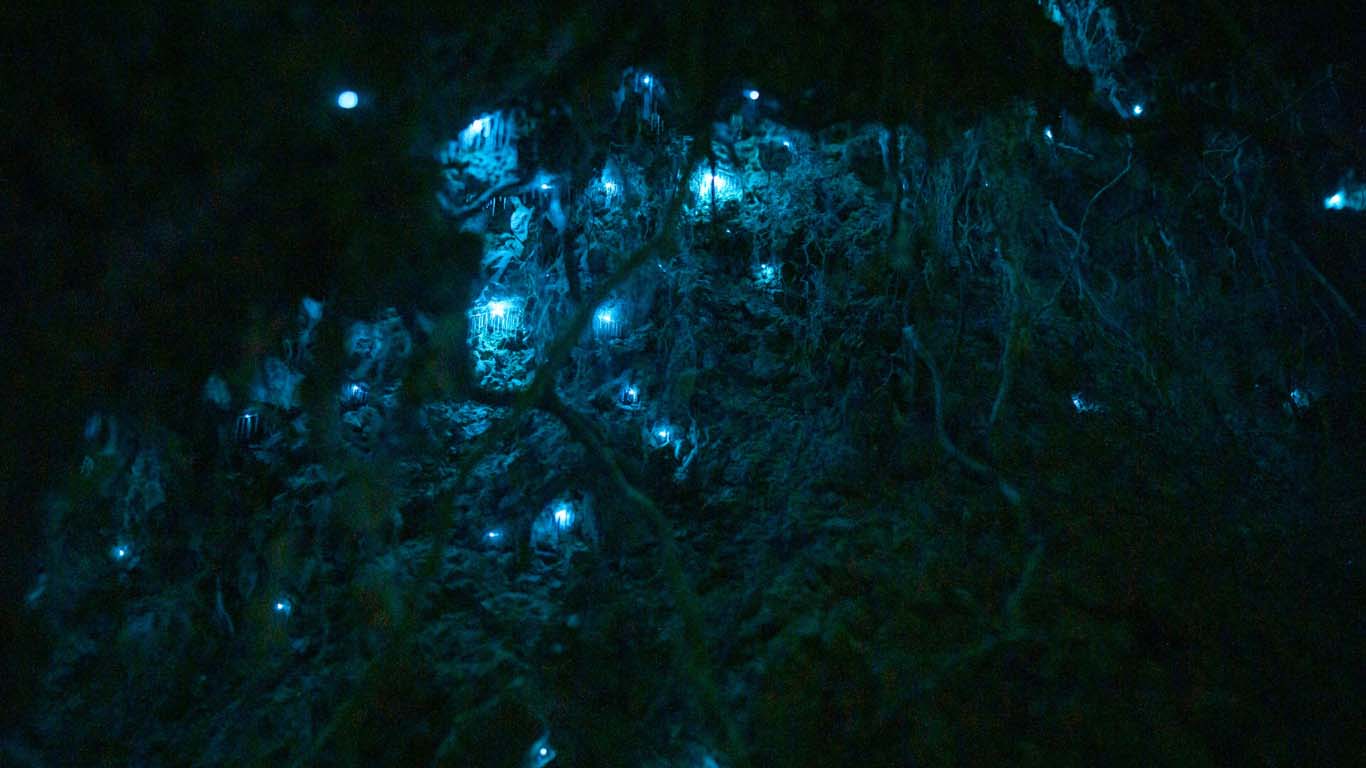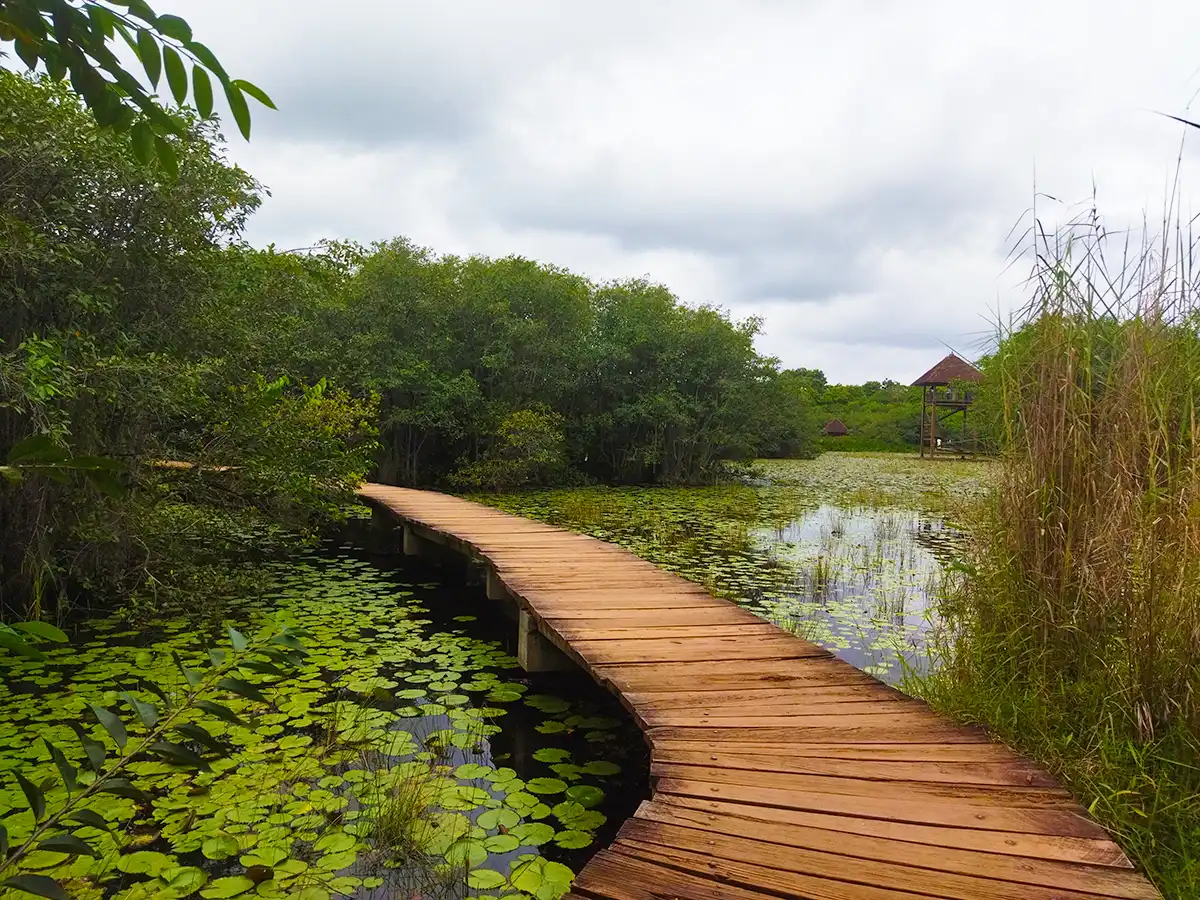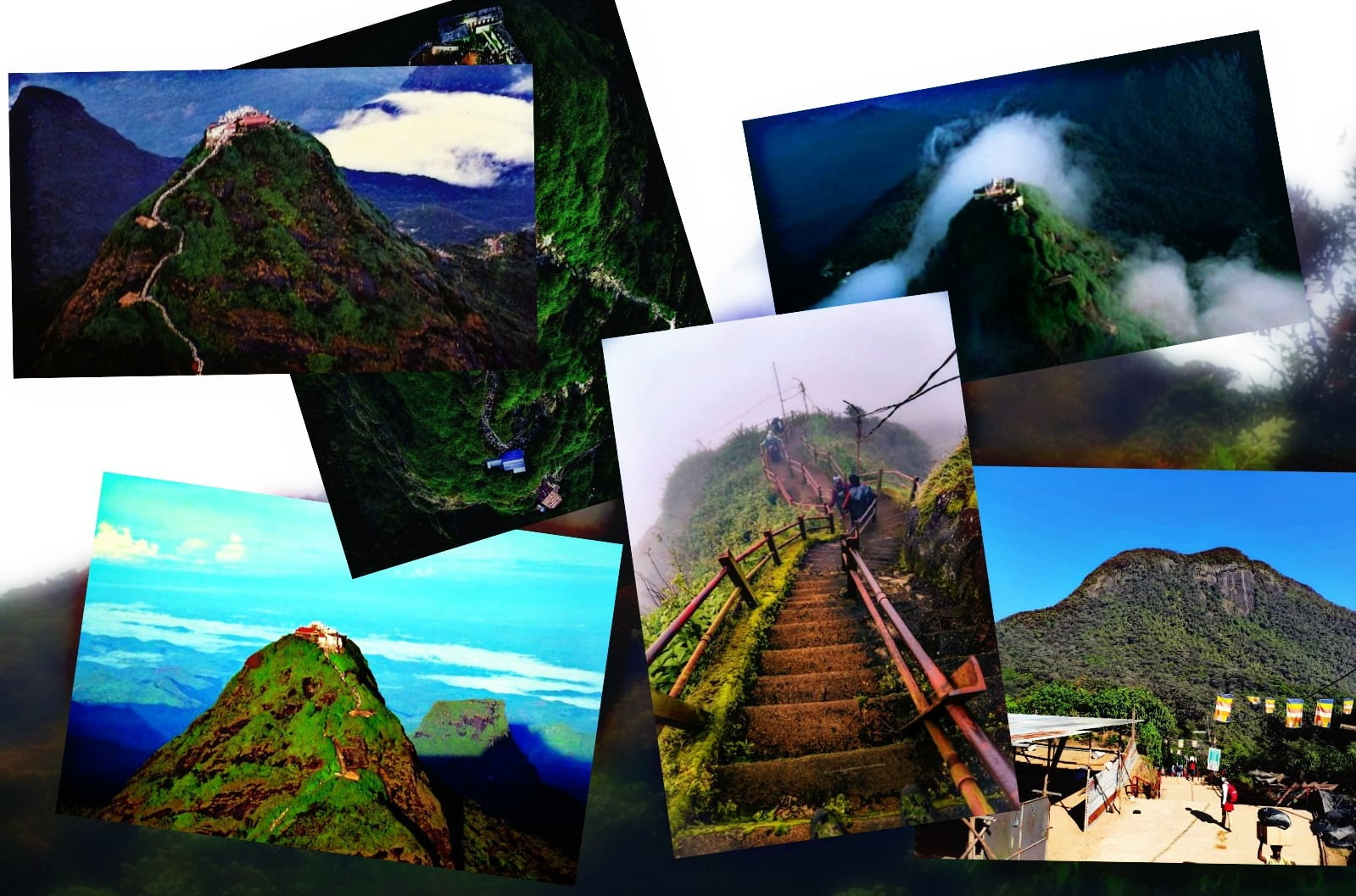The word “ocean” conjures up images of beauty and tranquility. But this beautiful ocean is also, at times, filled with very dangerous and mysterious natural phenomena. One of the most visually striking and rare of these phenomena is the so-called square wave. These square waves, which form when two wave systems in a cross-tidal sea
The word “ocean” conjures up images of beauty and tranquility. But this beautiful ocean is also, at times, filled with very dangerous and mysterious natural phenomena. One of the most visually striking and rare of these phenomena is the so-called square wave.
These square waves, which form when two wave systems in a cross-tidal sea move towards each other, are interesting to watch, but they are not good for swimmers and sailors. In this article, we explore everything you need to know about cross-tidal seas, and it will answer many questions, such as what square waves are, how they form, where they form, and how dangerous they are to people.
What is a cross-wave ocean?
This is a natural wave pattern. Here, two different wave systems intersect at right angles, creating a checkerboard pattern on the surface of the water. In this case, the ocean appears to be divided into large square waves, and unlike normal waves that travel in a single direction, these have a very dangerous effect.
These square waves are the result of two competing wave systems traveling in different directions, scientists believe. One wave is caused by a distant storm, and the other is generated by local winds. When these two wave systems meet at the same angle, they create this unique square wave pattern.
While it can be very fascinating to see these square-shaped waves, we must keep in mind that they are extremely dangerous for anyone in the water.
How do these square waves form in the ocean?
The formation of transverse waves in the ocean is caused by wind, weather, and ocean currents. Let’s examine how they form, as follows.
Typically, ocean waves are created by the wind blowing across the surface of the water. That is, when a storm occurs in one part of the ocean, it creates a wave system that can travel a long distance. If at the same time another set of waves is generated in another direction by local winds, these two wave systems can meet at the same angle. When these two wave systems interact, they do not immediately merge, and they maintain their different directions of movement. This creates a transverse pattern on the surface of the water. This creates transverse waves, which are characteristic of a cross sea.
Similarly, the depth and shape of the ocean floor can affect how waves move and interact. As a result, we can see some coastal areas naturally forming cross-waves due to the way waves flow through the seabed.
Where do cross-ocean waves occur most frequently?
Cross-ocean waves can occur in most ocean areas of the world, but there are certain places where they are most common. These places can be listed as follows.
1. Île de Ré, France (This small island off the west coast of France is one of the most famous places to see cross waves due to the interaction of currents in the Atlantic Ocean, which regularly creates square waves)
2. Coast of Portugal (The Atlantic Ocean off the coast of Portugal frequently creates these cross waves)
3. Baltic Sea (During stormy weather, parts of the Baltic Sea experience cross waves)
4. Bay of Biscay (This body of water between France and Spain is known for its strong ocean waves, often creating cross waves)
These four locations are known for their cross-wave sea zones, but this phenomenon can create anywhere in the ocean under the right conditions.
Dangers of Cross-Treated Seas:
Although the ocean formed by cross-treated waves is visually spectacular, they pose a significant risk to both swimmers and boats. The turbulent movement of the water in these cross-treated areas can be unpredictable and dangerous.
Dangerous for swimmers:
- The opposing wave directions in a rip tide create powerful currents that can pull swimmers into the water.
- The waves in a rip tide come from multiple directions, making it very difficult for swimmers to stay afloat, increasing the risk of drowning.
- The turbulent nature of a rip tide makes it difficult to swim successfully and increases the chances of fatigue.
Dangers to marine vessels:
- The risk of capsizing is very high, especially for small boats, when waves are hitting them from multiple angles.
- Large ships can suffer structural damage due to increased pressure on their hulls due to the stress caused by opposing waves.
- Ships rely on predictable wave patterns to maintain balance. Therefore, navigating in rough seas can be extremely challenging.
There are many cases where ships have become wrecks due to this sea with cross waves. Furthermore, there are many cases where ships and swimmers have suffered marine accidents due to this sea with cross waves, and it is correct to say that this cross wave is one of the most dangerous wave phenomena that occurs in the ocean.
How are these cross-seas formed? | The science behind cross-seas
The formation of cross-seas can be explained using wave interference and the principles of fluid dynamics.
How does wave interference occur?
Wave interference occurs in two forms. They can be classified as constructive interference and destructive interference. Constructive interference occurs when two waves meet and create a larger wave, while destructive interference occurs when two waves meet and cancel each other out.
Both these creative and destructive interventions in the ocean occur simultaneously, and the result is the creation of this sea with cross-waves.
What is the role of ocean currents?
Ocean currents can affect the way waves travel and where they intersect, and certain coastal areas experience these cross-waves regularly due to unique currents.
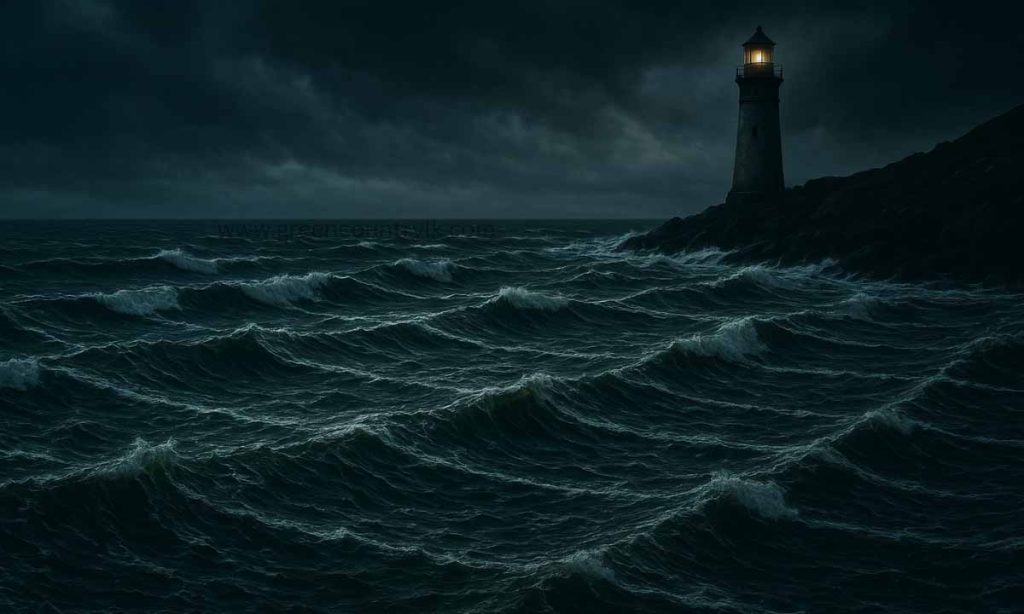
How to stay safe in a cross-sea?
Since choppy seas are a very dangerous phenomenon, it is essential to recognize their dangers and avoid them.
Identifying cross-seas
- Look for a clear checkerboard pattern in the waves.
- Avoid entering the water if you see waves coming from two different directions.
Safety Tips for Swimmers
- Avoid swimming in rough seas at all times.
- Stay close to shore in areas where the waves are unpredictable.
- If you are caught in rough seas, stay calm and try to stay afloat until you can escape the currents.
Safety Tips for Boats and Ships
- Avoid sailing in rough seas.
- Check the weather forecast before sailing.
- If you are caught in rough seas, slow down and carefully navigate to a calmer area.
One of the most fascinating but also dangerous phenomena in the ocean, this rip tide is very dangerous for swimmers and sailors. Understanding how and where these rip tides form can help us avoid accidents.
If you ever see a rip tide forming, watch from a safe distance. But avoid getting into the water. Remember that this ocean phenomenon is fascinating, but it is also dangerous. Knowledge and caution will go a long way in keeping you safe.

